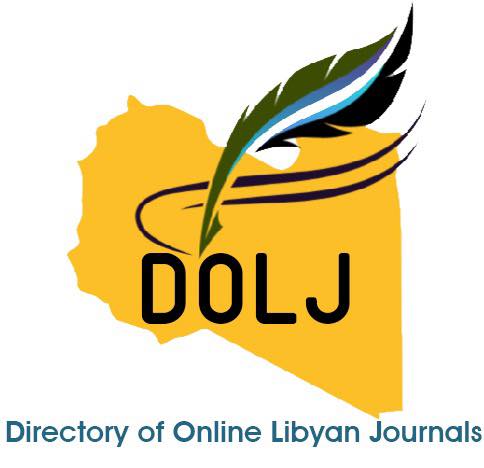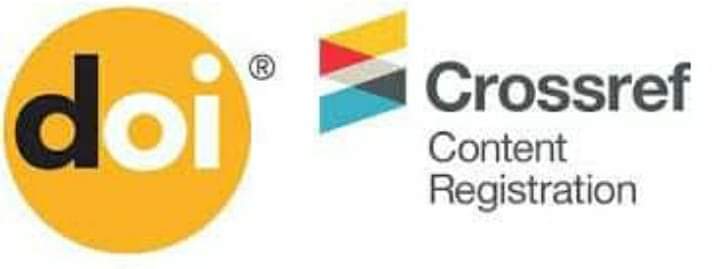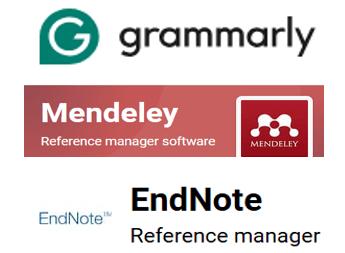Author Guidelines for preparing the manuscript
Researcher’s Guide for Preparing Manuscript Drafts
Manuscripts submitted to the journal must be prepared meticulously according to the following specifications:
- Length:Submitted manuscripts must not exceed 20 pages maximum and must be no less than 5 pages minimum (including tables, figures, references, appendices, or any supplementary material).
- Review Articles:Manuscripts classified as Review Articles or Systematic Reviews must not exceed 50 pages maximum (including tables, figures, references, appendices, or any supplementary material).
Manuscript Structure:
- Title Page:The first page must contain the full title of the manuscript, which should be concise and descriptive, followed by the author(s) name(s).
- Author Information:Complete author information must be provided, including: Affiliation (Department), City (Town), and Country. Corresponding author contact details must be clearly stated, including a valid academic email address. This is followed by the Abstract.
- Abstract Length:The Abstract must contain a minimum of 150 words and a maximum of 250 words.
- Abstract Content:The submitted manuscript's abstract must include the following key points:
- An introductory statement contextualizing the research topic to engage readers.
- Presentation of the main points addressed in the manuscript.
- Description of the methodology employed in the research.
- Presentation of the key findings obtained.
- A concluding statement incorporating recommendations.
- Keywords:Provide 4 to 6 keywords maximum, suitable for indexing purposes.
- Introduction:The manuscript introduction must encompass the following key elements:
- A suitable opening for the topic with introductory statements to engage readers.
- A review of relevant prior literature, which is crucial to demonstrate existing work in the field and thereby clarify the contribution and novelty offered by the present research.
- A clearly stated research objective and an explanation of the significance of conducting this research.
- Clarification of the study's limitations (e.g., topical, temporal, geographical).
- An outline of the manuscript's organizational structure, indicating the sequence and arrangement of sections following the introduction.
- Materials and Methods:Authors must provide sufficient detail regarding the materials and methods used in the empirical section of the manuscript.
- Previous methods should be summarized and appropriately cited. If directly quoting from a previously published method, use quotation marks and provide full source information.
- Any modifications to existing methods must be explicitly described.
- Results:Results should be presented clearly, concisely, and separately from the Discussion section whenever feasible.
- Discussion:The Discussion should be concise and focused, highlighting the strengths of the research, its contributions, and how it distinguishes itself from similar studies. This section interprets the results (both positive and negative implications), preferably comparing them with findings from other research. Any deviations in results should be explained by the author.
- Conclusions:Key conclusions of the submitted manuscript may be presented in a separate, brief Conclusions section, which can either stand alone or form a subsection within the Discussion.
- Acknowledgements:Acknowledgements must be placed in a dedicated section at the end of the manuscript, preceding the References list. They must not appear on the title page, as a footnote to the title, or elsewhere. List contributions requiring acknowledgment, specifying the nature of the support (e.g., technical assistance, financial/material support, writing/editing assistance, financial administration).
- Conflict of Interest:A Declaration of No Conflict of Interest is required for all manuscripts submitted to the journal and must be included within the Acknowledgements section, even if no conflicts exist.
- Appendices:If multiple appendices are included, label them A, B, etc. Formulas and equations within appendices must have separate numbering: Eq. (1), Eq. (A.2), etc.; in a subsequent appendix, Eq. (B.1), and so forth. Similarly for tables and figures: Table A.1; Figure A.1, etc.
- Track Changes:Authors must disable the "Track Changes" feature in Microsoft Office files prior to submission, as these will appear in the published version.
Text Formatting:
- Use a standard font for the main text (e.g., Times New Roman, size 10 pt).
- Use italicsfor emphasis.
- Use the Equation Editor or MathType for equations.
- Save files in .docx format (Word 2007 or later).
Headings:
- Use no more than three levels of displayed headings.
- Number sections sequentially starting with the Introduction (assigned number 1). Subsections within a main section should be numbered based on the main section number and their sequence (e.g., within Introduction [1], subsections are 1.1, 1.2, etc.).
- Line spacing must be set to single (1.0). Font type (Times New Roman) and sizes must adhere to the specifications in the table below:
|
Element |
Font Specification |
|
Manuscript Title |
14 pt, Bold |
|
Author Name(s) |
10 pt |
|
Author Affiliation |
10 pt, Italic |
|
Abstract |
9 pt |
|
Main Headings (Level 1) |
12 pt, Bold |
|
Subheadings (Level 2/3) |
10 pt, Bold |
|
Main Text |
10 pt |
|
Figure/Table Caption |
9 pt |
General Conventions:
- Use the metric system. Page numbers and numerals within the text must use Arabic numerals.
- Abbreviations:Define abbreviations upon first use in the text and use them consistently thereafter. Avoid non-standard abbreviations.
- Equations:Mathematical equations must appear sequentially and be numbered consecutively using parentheses: (1), (2), etc.
Figures and Tables:
- Figures and images must be high-resolution. JPEG and PNG file formats are preferred.
- If a figure or table is reproduced from a previously published work, the original source must be cited and written permission from the copyright holder must be obtained and submitted with the manuscript.
- For images depicting identifiable individuals, faces must be obscured or anonymized, and written consent from the individual(s) concerned must be obtained.
- Number figures and tables using Arabic numerals.
- Label parts of figures with lowercase letters (a, b, c, etc.).
- Refer to figures and tables in the text sequentially as they appear, using parentheses: (Fig. 1), (Table 1).
- Ensure all in-text references to figures and tables correspond accurately to the presented material.
- Ensure the size of figures and tables is appropriate for the column width.
- All figures and tables must have a concise descriptive caption.
Reference Style:
- The reference list must be compiled at the end of the manuscript according to the APA (American Psychological Association) style, 5th edition or later. A guide containing examples for various reference types in APA format is available at:
https://guides.libraries.psu.edu/apaquickguide/ - A guide on inserting APA-formatted references in Microsoft Word is available at:
https://support.microsoft.com/en-us/office/apa-mla-chicago-%E2%80%93-automatically-format-bibliographies-405c207c-7070-42fa-91e7-eaf064b14dbb
Page Margins:
|
Top |
Bottom |
Left |
Right |
|
1 cm |
1 cm |
1 cm |
1 cm |
Template:
Authors are strongly advised to use the pre-formatted template prepared by the Editorial Board, available electronically on the journal's website:
SJFSSU-Template2025.docx - Google Docs













